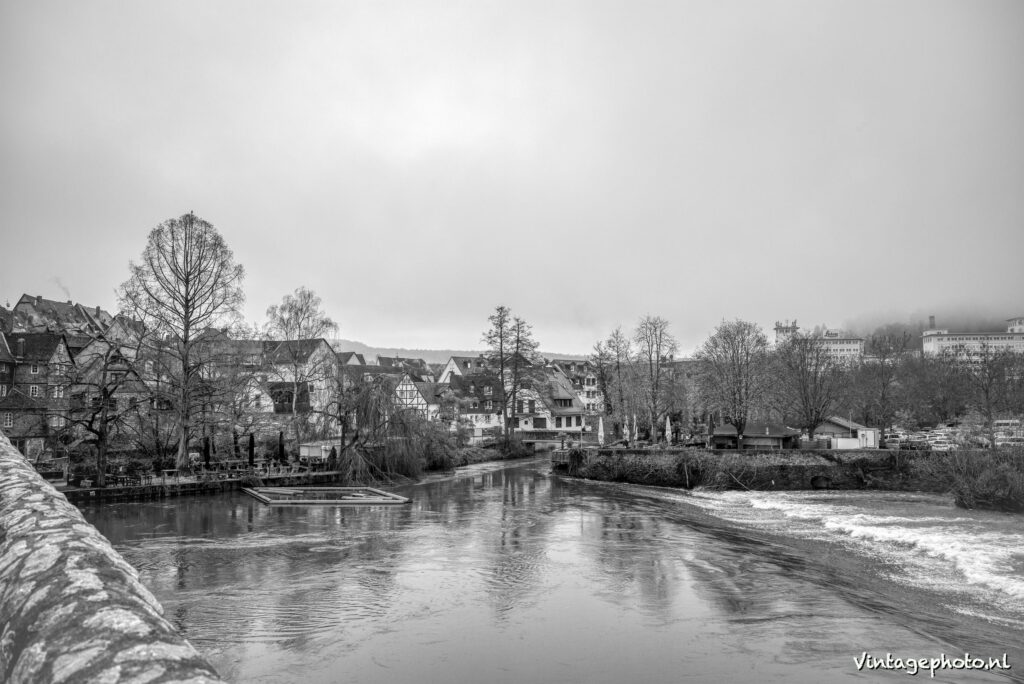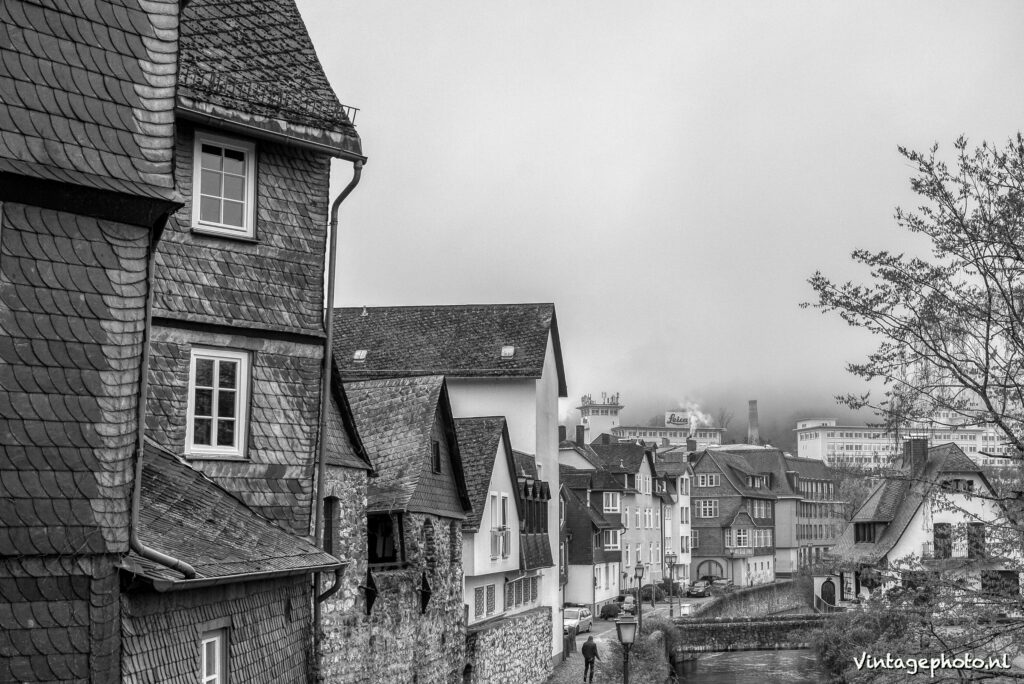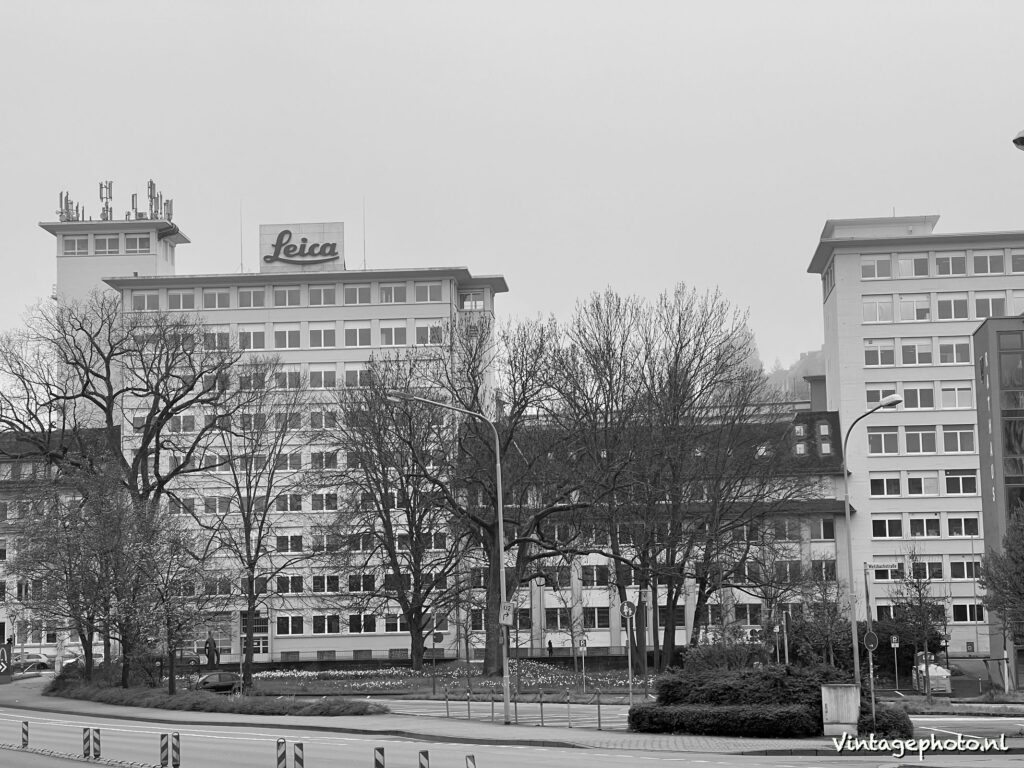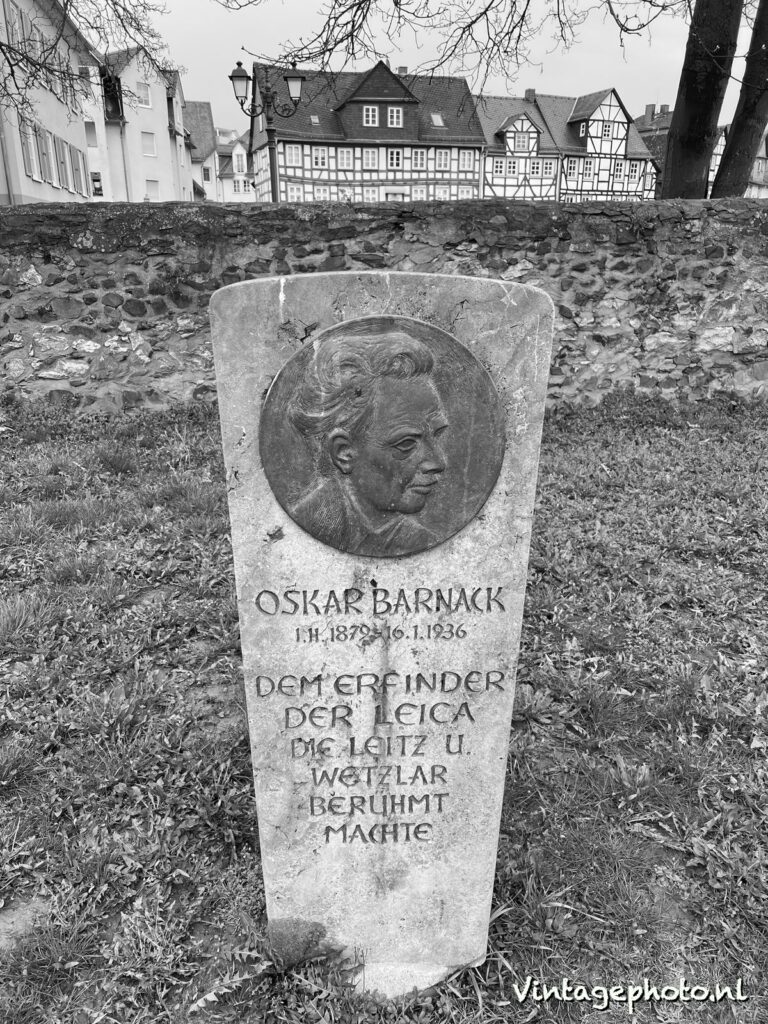Visiting Leica in Germany is considered a pilgrimage for analog (and perhaps digital) photographers. For many, it is also the Valhalla of the history of photography, to which Leica contributed significantly. I was recently in the dreamy town of Wetzlar where the Leica empire has its home. You will find the manufacturing departments, a museum, several exhibitions, a real Oscar Barnack restaurant, a casino and the Ernst Leitz hotel. The open and warm ambience here quickly makes you part of the Leica family. What is Leicawelt all about?
Wetzlar is a town in the state of Hessen, Germany, located about 60 kilometers north of Frankfurt. The town has a rich history, dating back to the Roman Empire, and has been an important center for trade, culture, and industry for centuries. One of the most famous companies to be based in Wetzlar is of course Leica, the high-end camera and optics manufacturer. Leica was founded in Wetzlar in 1914 and remained headquartered there until 1986, when it moved to nearby Solms. However, Wetzlar still has a strong connection to Leica, and so it returned to the top of the hill in town with the Leica World, a big complex with production facilities, the headquarters, a museum and all important archives and safes (not to mention for the priceless Ur-Leica). For the visitors & tourists they built even a hotel and restaurant.
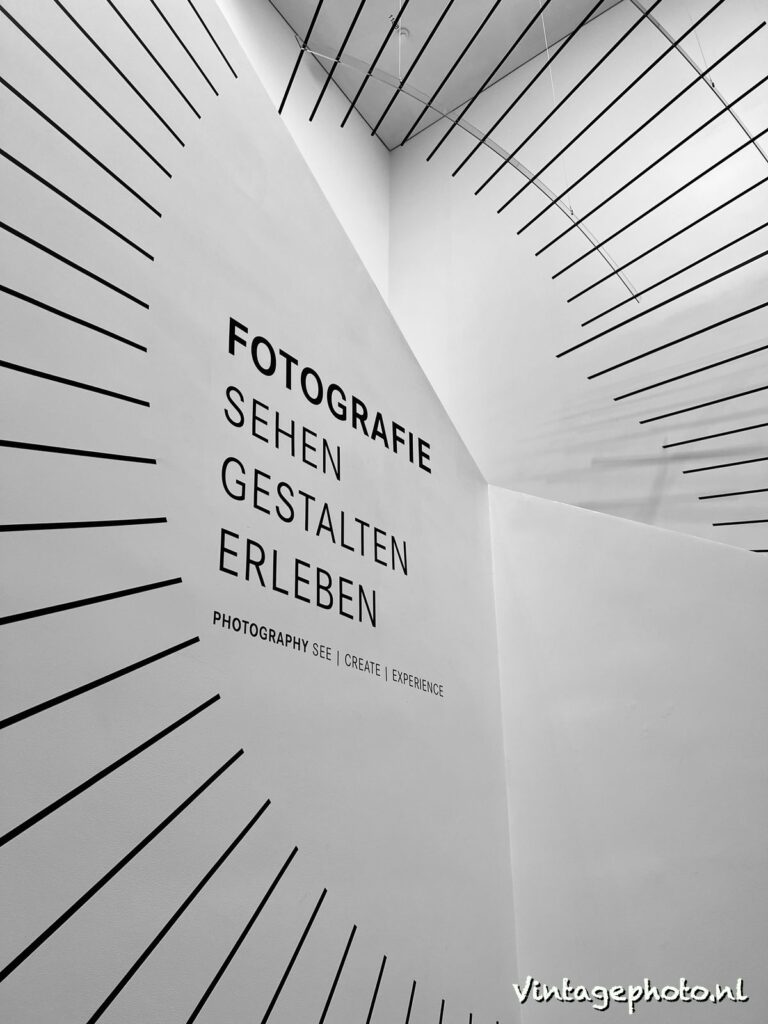
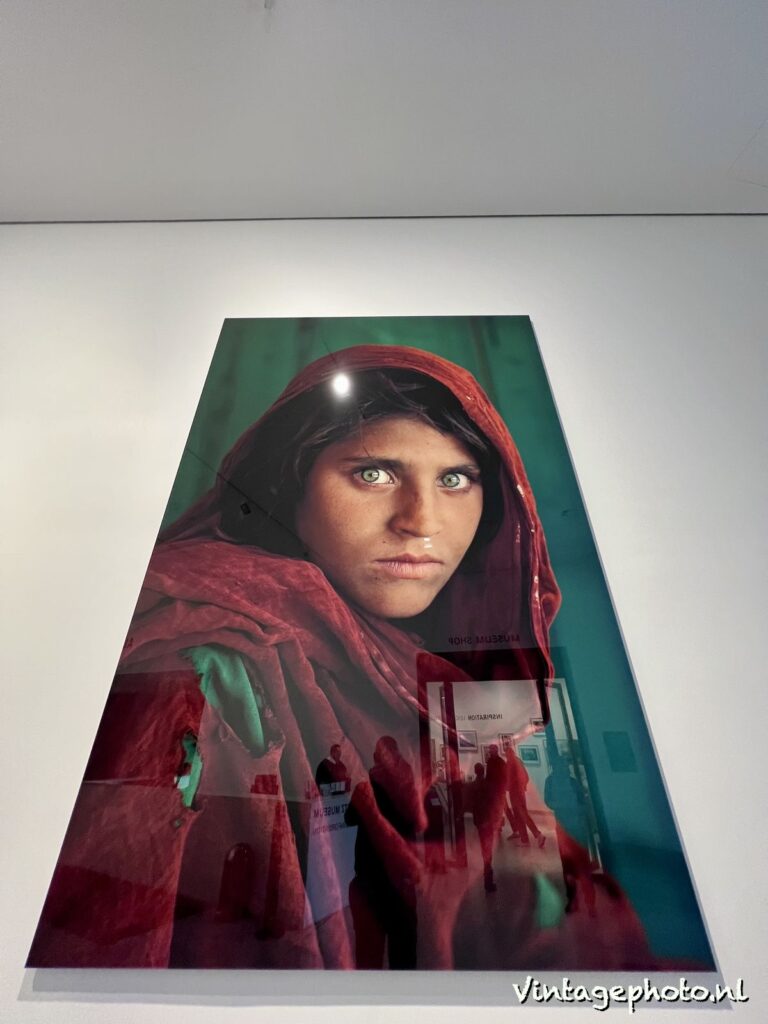
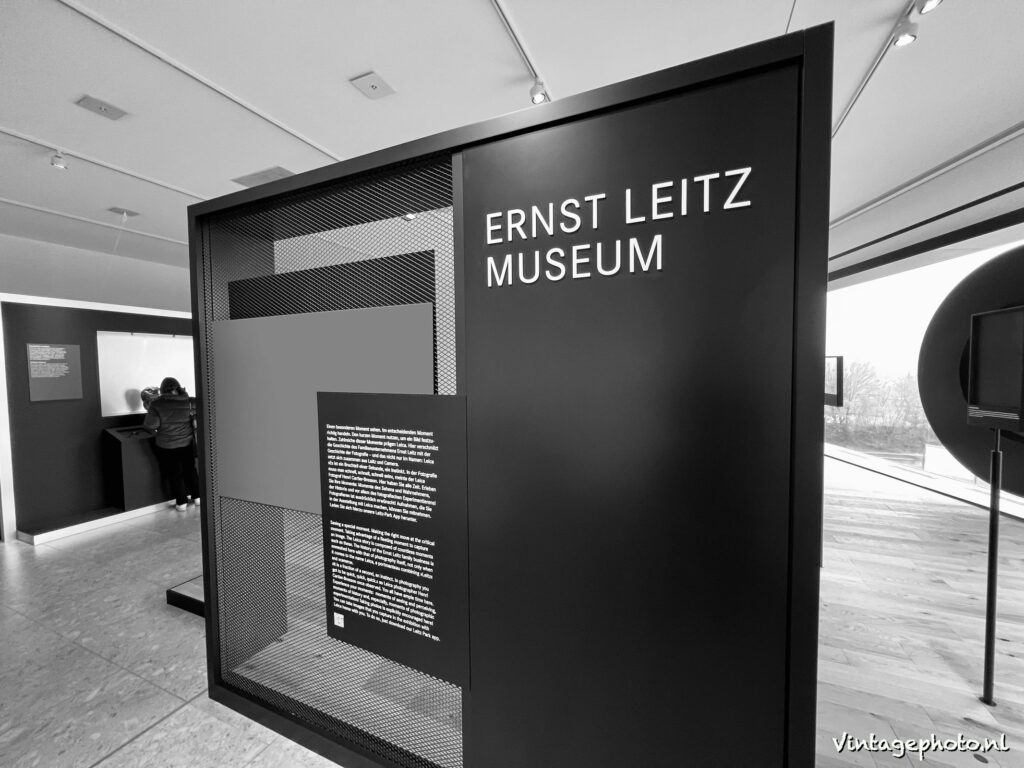
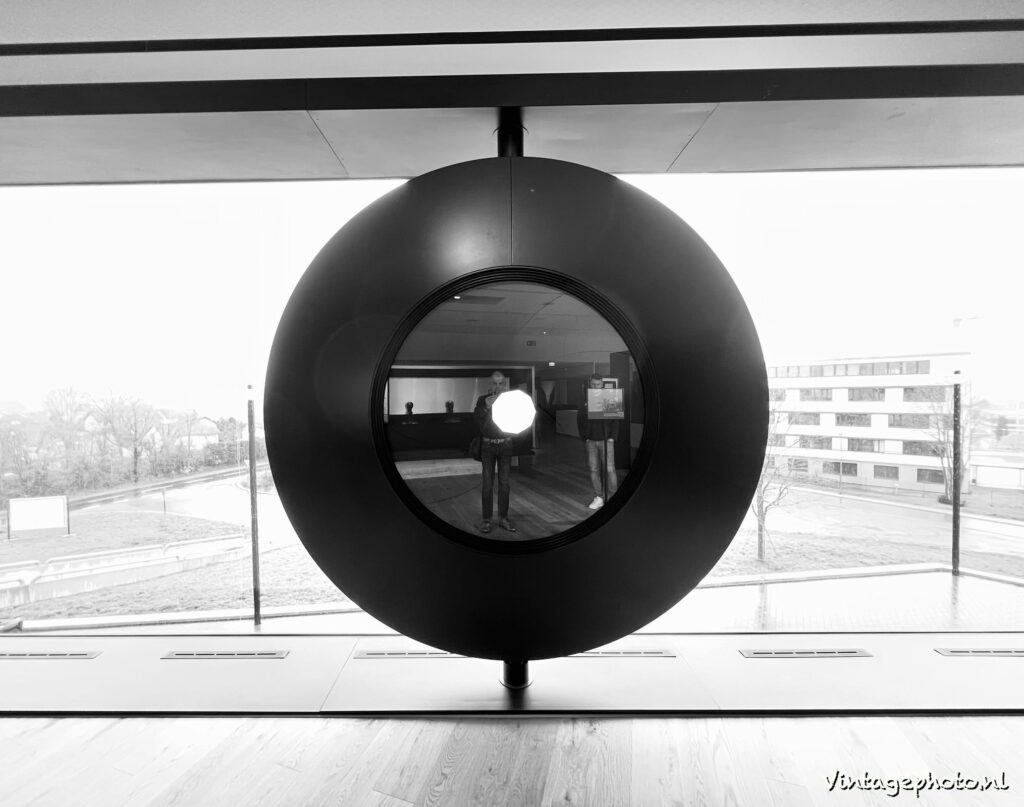
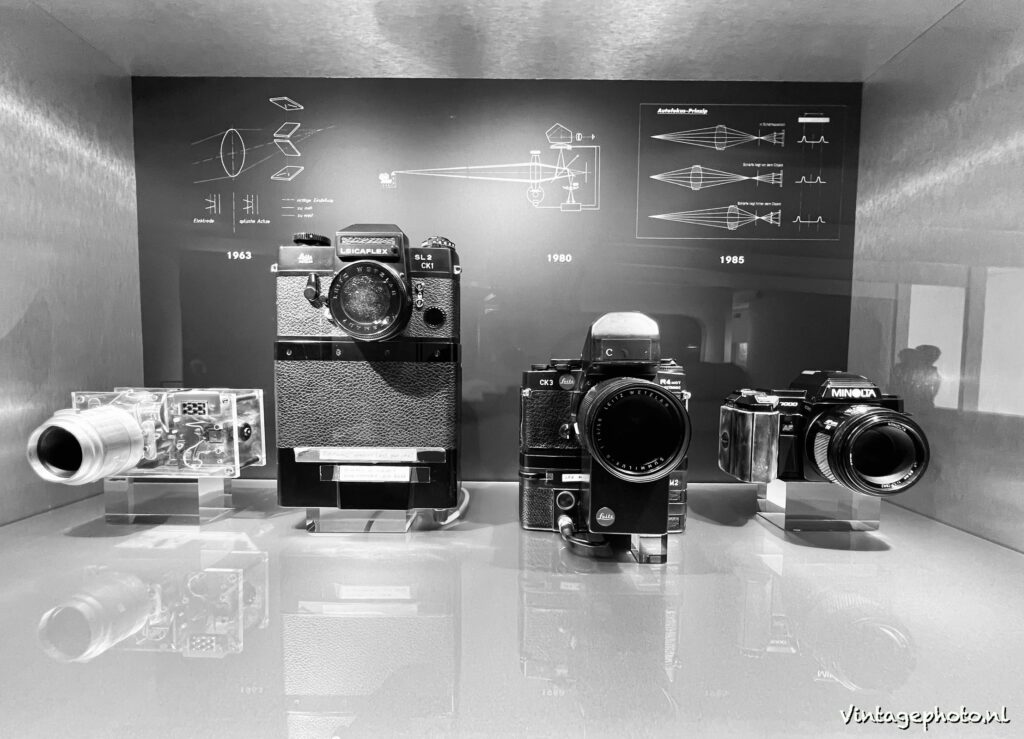
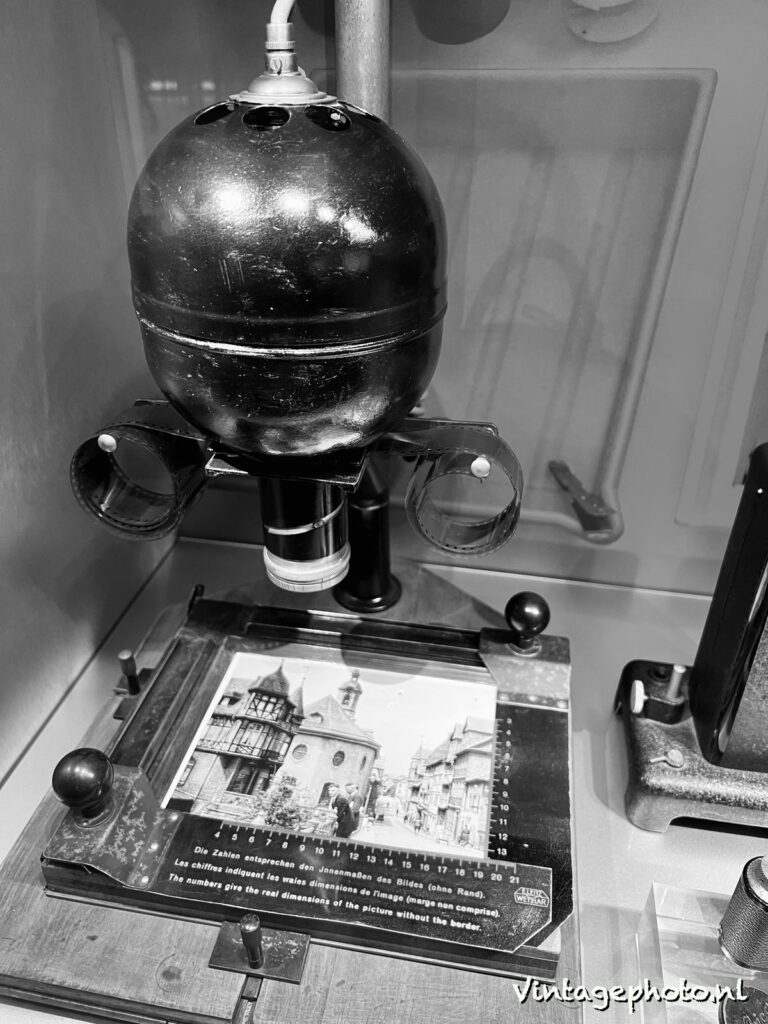
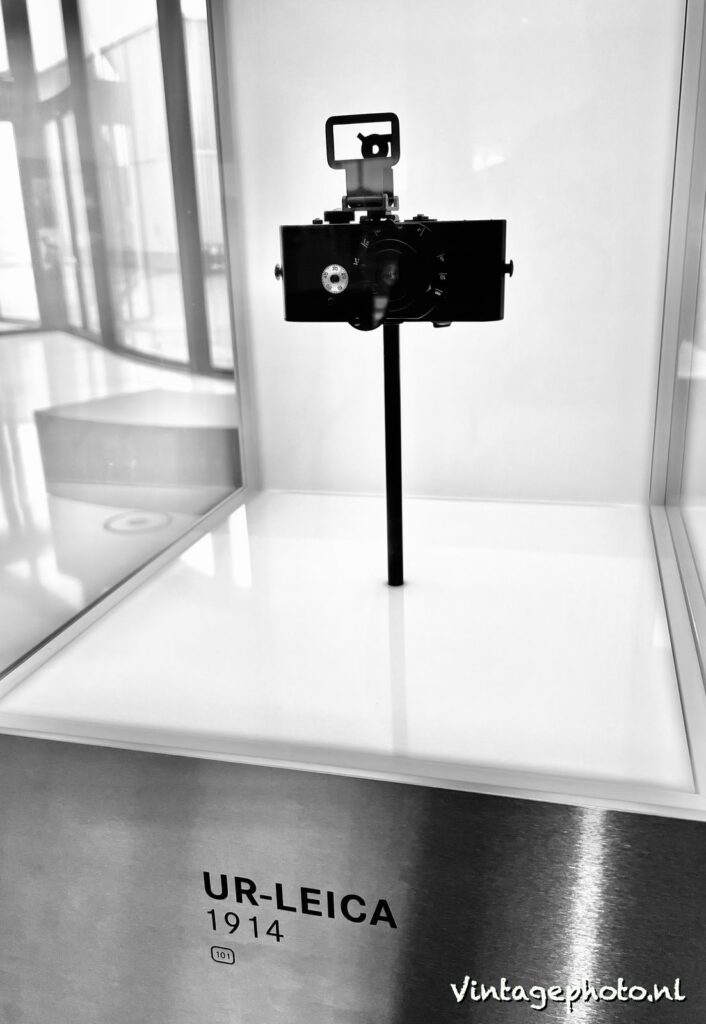
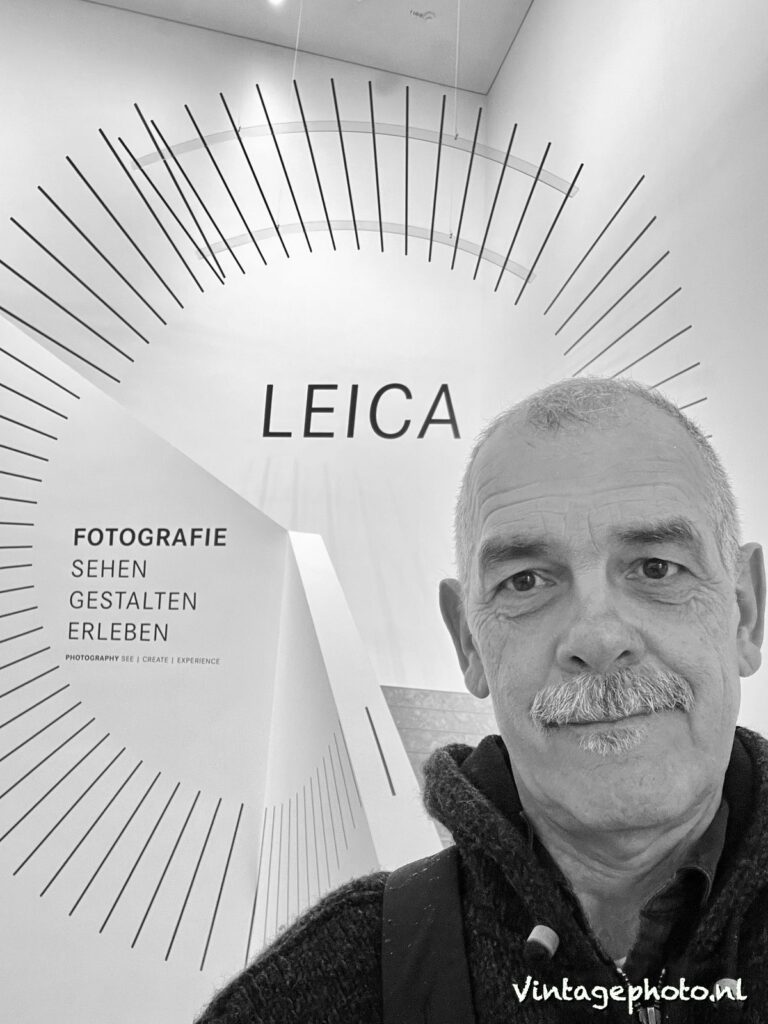
Leica is known for its (expensive) high-end cameras and lenses. The company was founded in 1914 by Ernst Leitz and has a rich history in photography and optics. In the early 20th century, Leica pioneered the development of 35mm cameras, which revolutionized photography by making it more accessible and portable. The first Leica camera, the Ur-Leica, was made in 1914 by Oscar Barnack and derived from a hobby project. But making a consumer small-frame camera was not at all the aim of the microscope builder. It took Ernst Leitz II as managing director to push through his vote as a major shareholder and give the green light at the historic meeting in 1924 for what was called “a risky investment”.
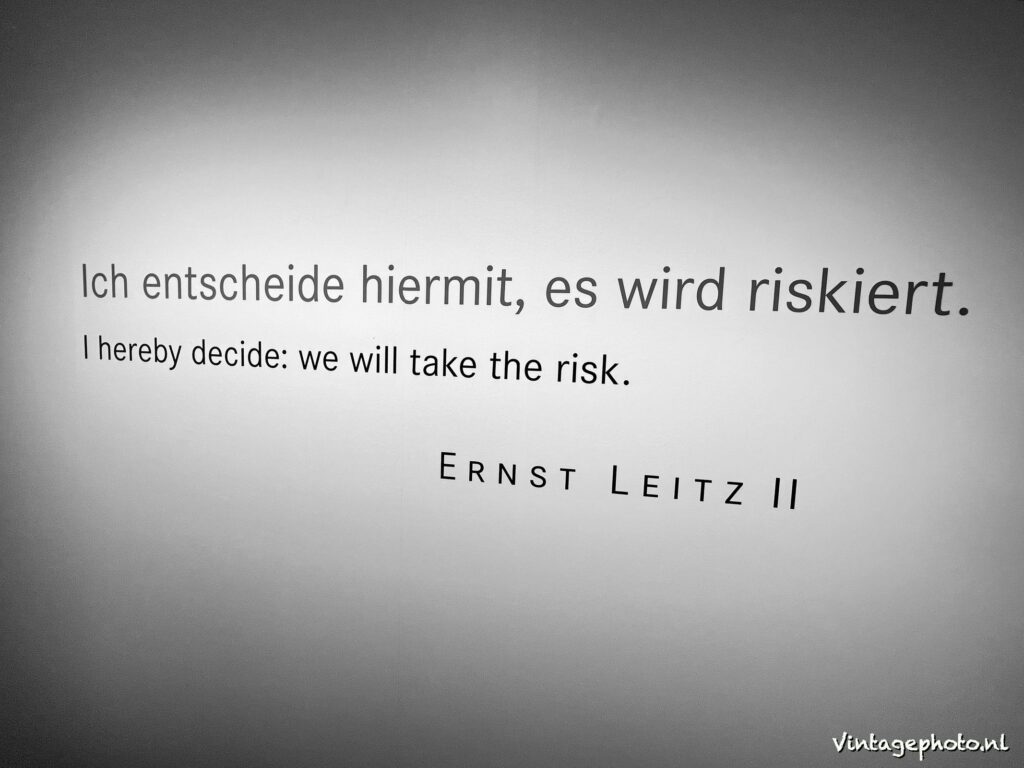
Leitz had confidence in Barnack’s Lilliput camera, which he had tried on a trip to New York. He was surprised that people on the street didn’t notice at all that he was taking photos with that crazy little device. Street photography was born with his visit in New York. But the first Leica was not yet a success. Only with the Leica II, which Leitz sent to all well-known newspaper journalists as a marketing stunt, the popularity changed, as, for the first time, photographs appeared in newspapers instead of drawn prints.
The Leica III succeeded the II, staying true to Barnack’s original design who unfortunately died early due to a lung condition. In the 1950s followed the iconic M series which to this day is Leica’s best-known trademark. But besides analog cameras, which Leica still produces, there are also superior digital models, such as the Q, the SL and of course the digital M rangefinder.
Leica has also made significant contributions to the development of lenses and optical technology. The company’s lenses are renowned for their sharpness, clarity, and bokeh (the aesthetic quality of the out-of-focus areas in an image), and have been used by photographers and cinematographers for decades. Throughout its history, Leica has been associated with many famous photographers, including Henri Cartier-Bresson, Robert Capa, and Sebastião Salgado, who have used Leica cameras and lenses to capture some of the most iconic images of the 20th century.
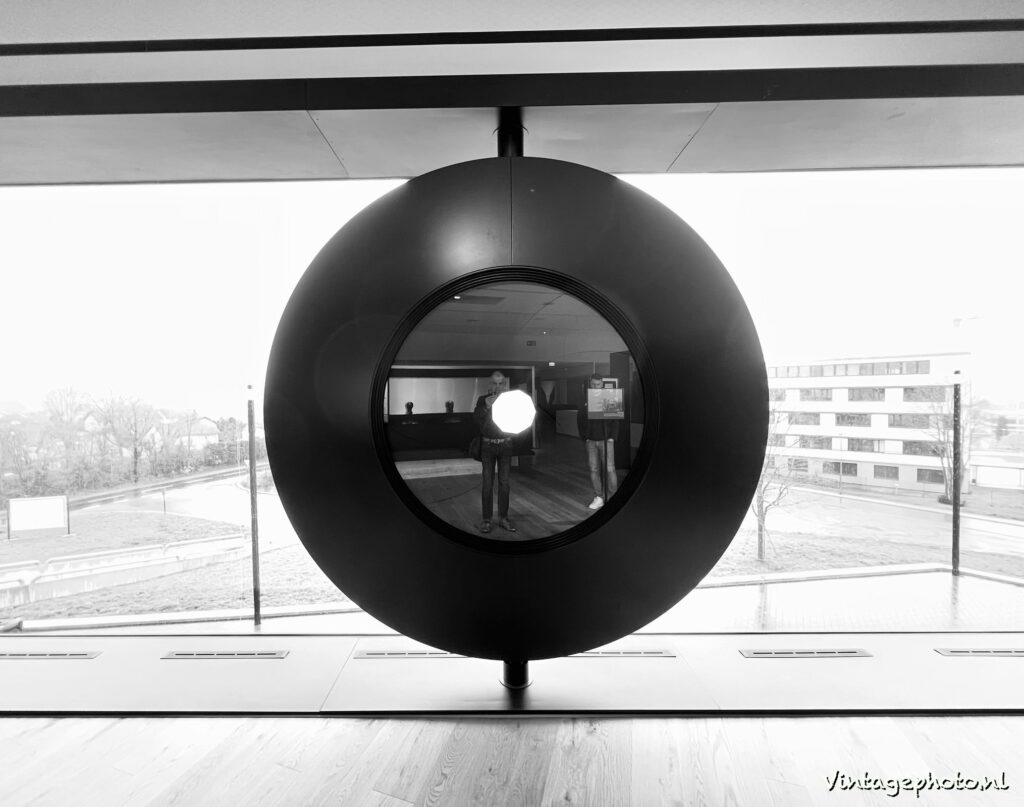
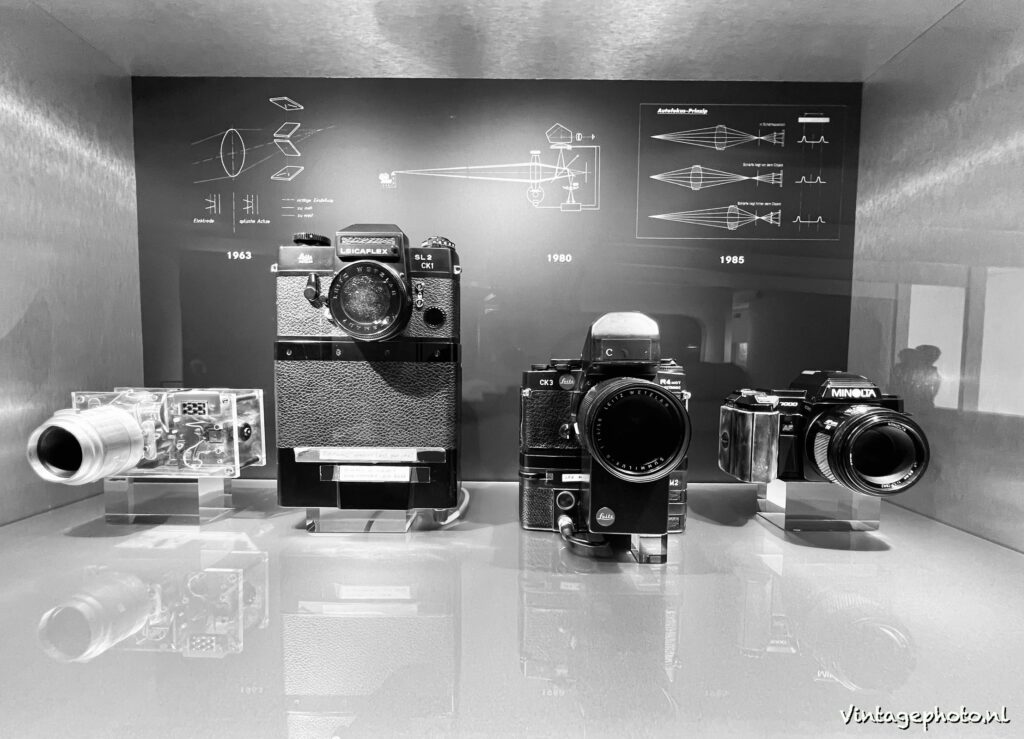
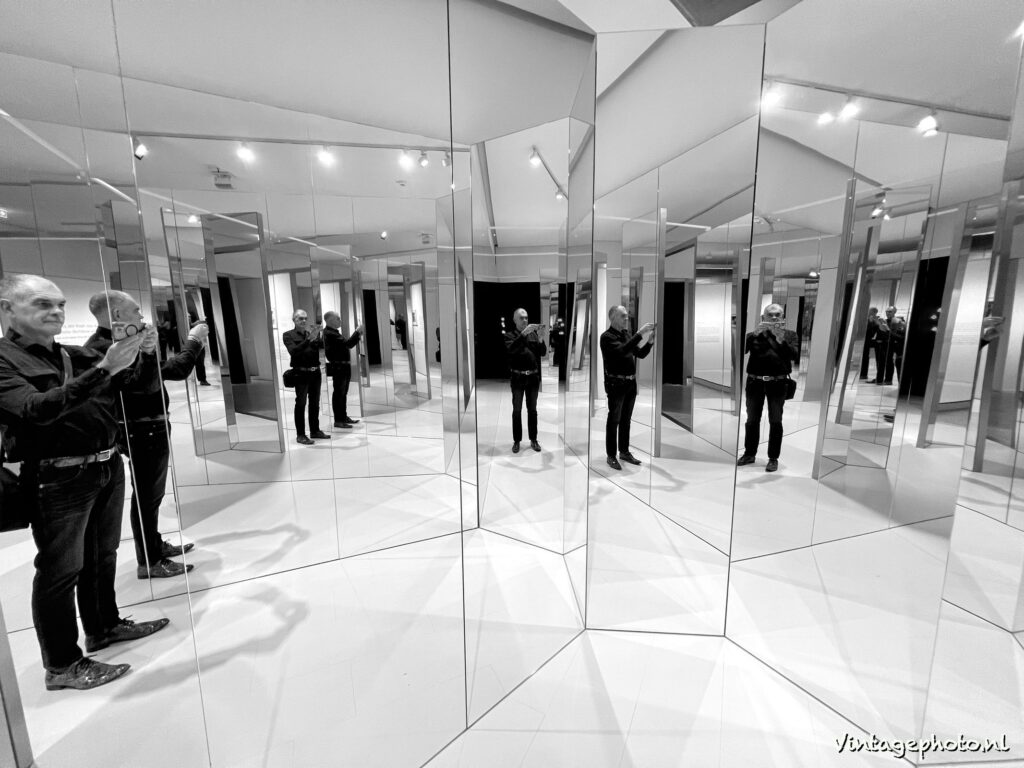
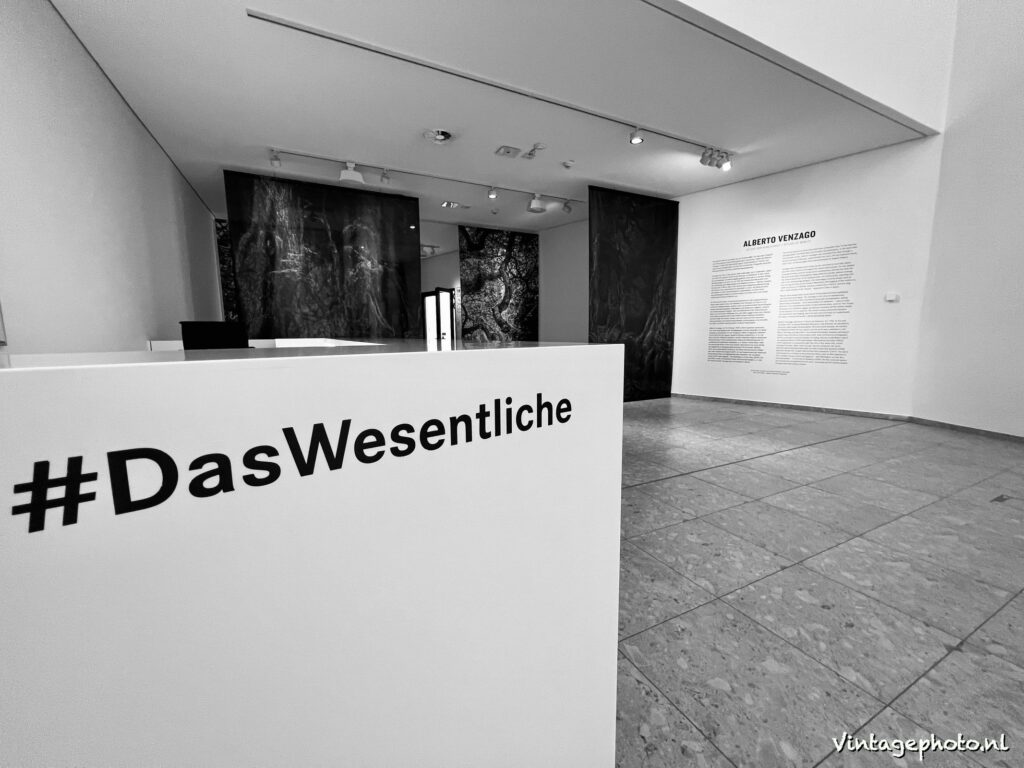
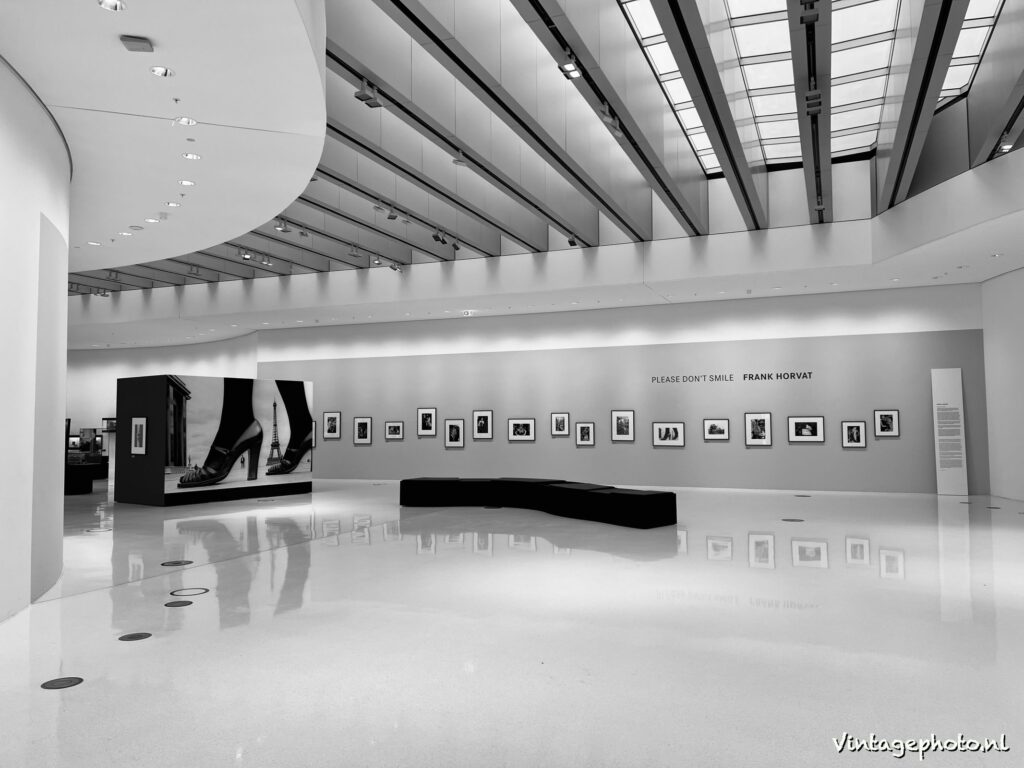
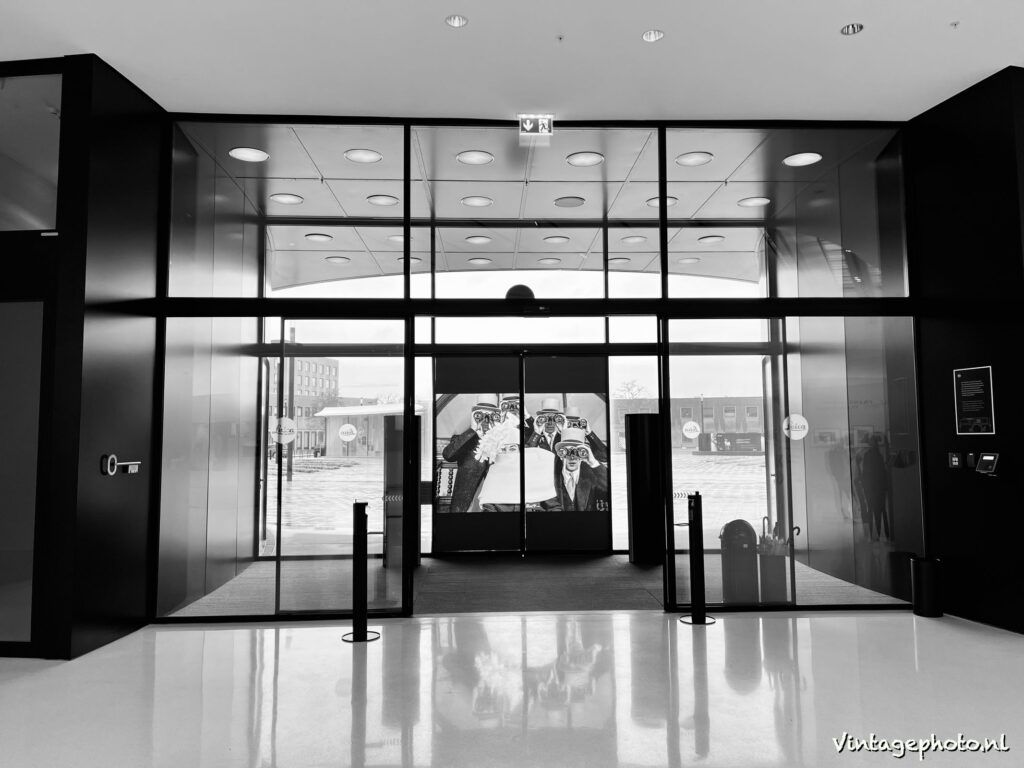
Thanks Oscar for the Leica
Oskar Barnack (1879-1936) started as a German engineer at Zeiss and after his move to Leica became a real inventor (as he loved photography but found the existing plate cameras too bulky). So he is best known for his invention of the 35mm camera, which revolutionised photography.
Barnack began working for the German optical company Ernst Leitz in 1911. At the time, most cameras used large, heavy glass plates as the medium for capturing images. Barnack, who was an amateur photographer himself, saw the need for a more portable camera that could take high-quality photographs without the bulk of a large camera. He developed a prototype camera that used 35mm film, which was normally used for motion picture cameras. The camera was small, lightweight, and could fit easily into a pocket or bag.
Barnack’s prototype (The Ur-Leica or Lilliput) became the first Leica camera, which was introduced in 1925. The Leica camera was an instant success and quickly became the preferred camera of photojournalists, documentary photographers, and amateurs alike. The 35mm format allowed for a greater number of exposures per roll of film and made it easier to capture candid and spontaneous moments. Barnack continued to work for Leitz until his death in 1936. Today, he is remembered as one of the pioneers of modern photography and his invention of the 35mm camera is considered one of the most important developments in the history of photography. 35 comes from 35mm.
One problem Barnack ran into was the film. There were already the 35 mm wide cinema rolls, which were produced by Kodak in the 1930s in the most common 135 cassettes. The story goes that Barnack stretched his own two arms with a roll of film to determine the final length of the roll that still just fit into his Leica spools. These had to be first measured by the user in the darkroom (with the arms) and cut.
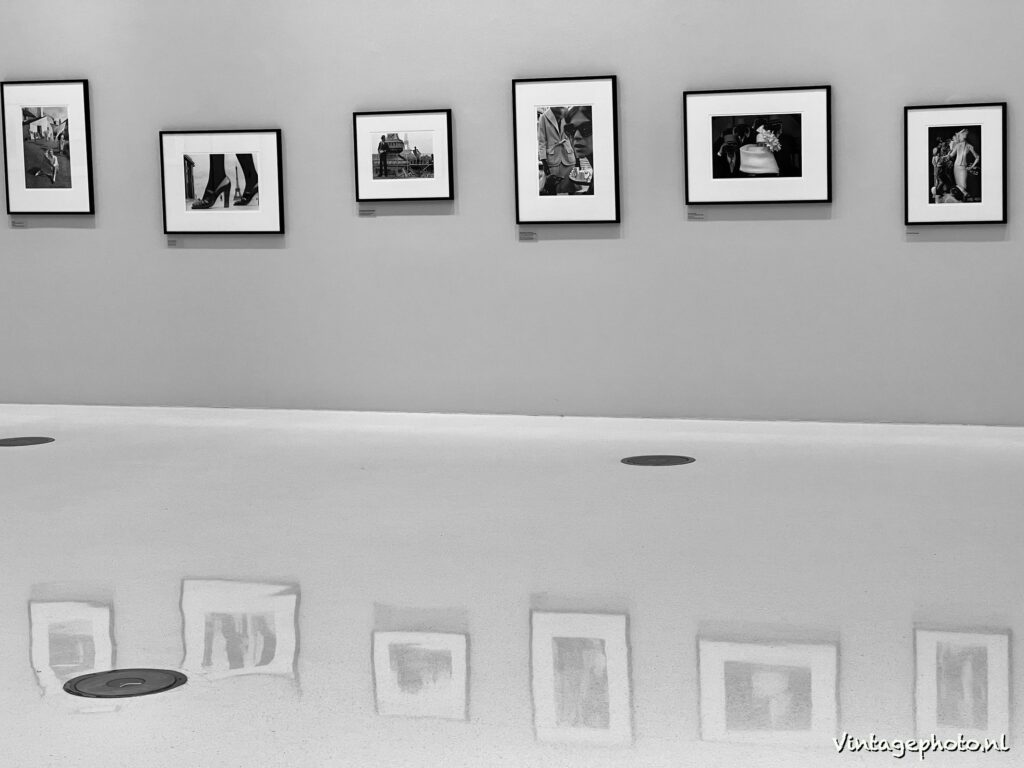
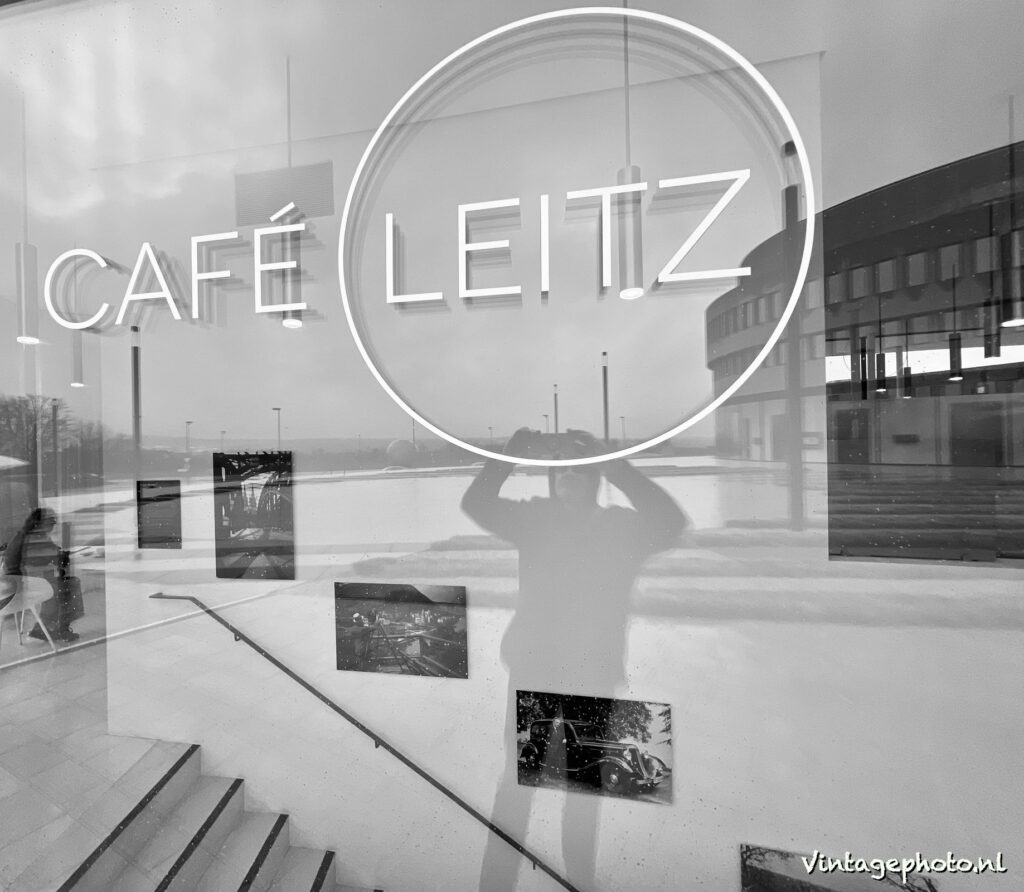
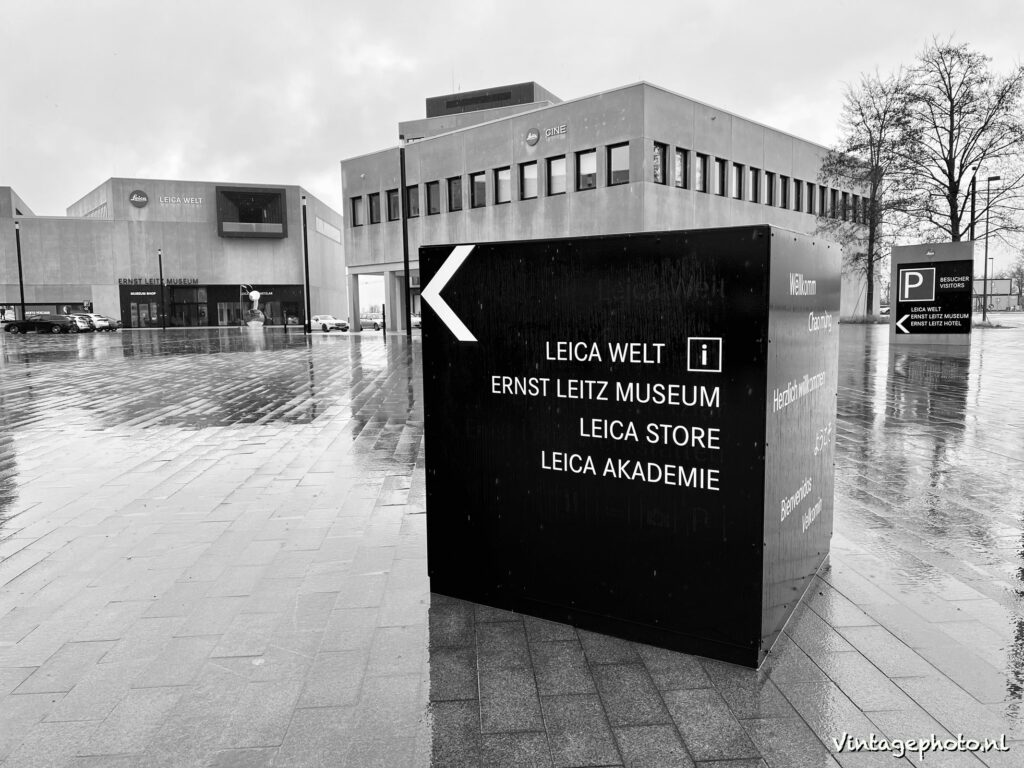
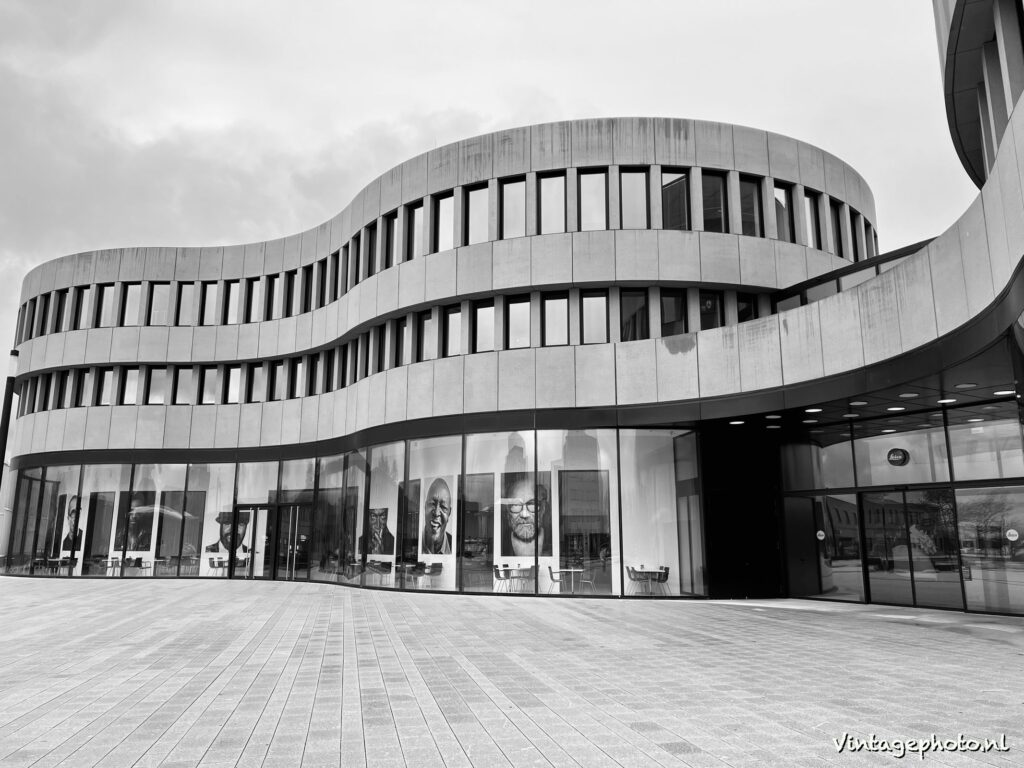
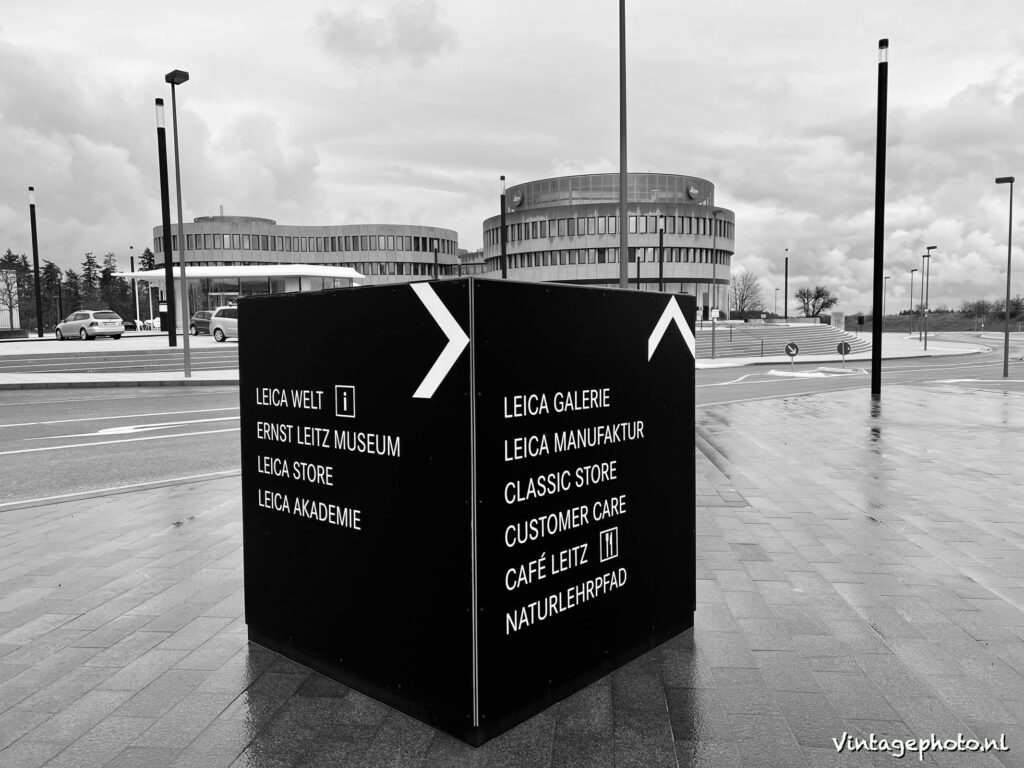
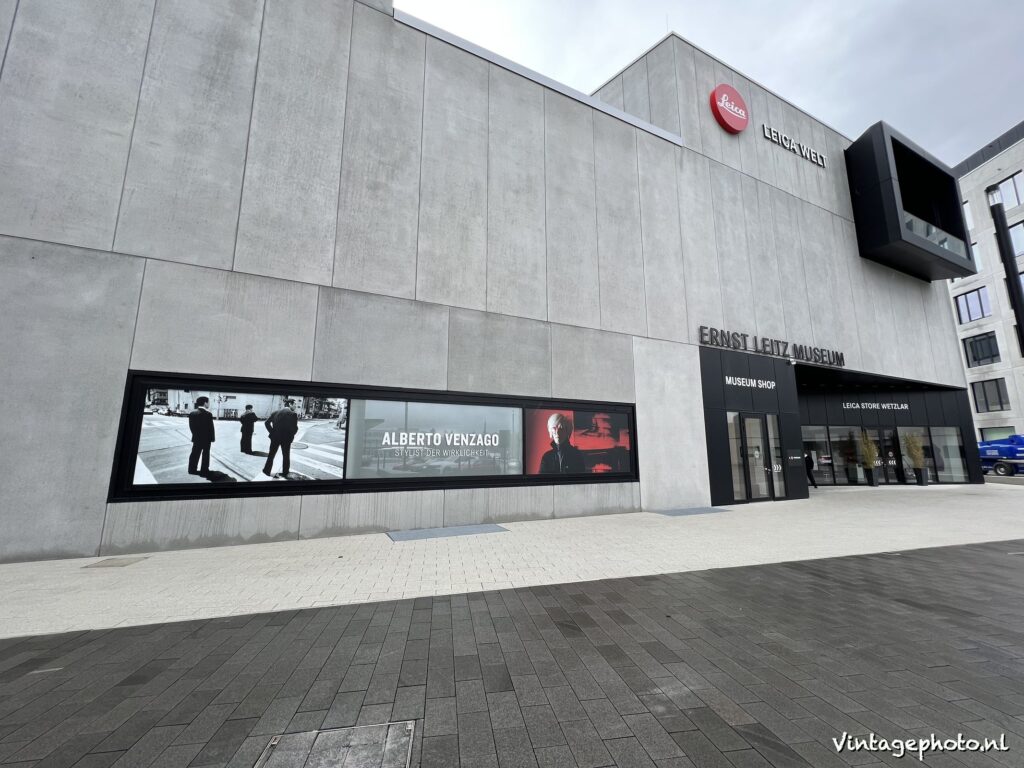
The first photograph
The first photograph taken with a Leica camera is believed to be an image of a street in the town of Wetzlar, Germany, where the Leica factory was located at the time. The photograph was taken by Oskar Barnack with a first prototype in 1913. Walking through Wetzlar is walking through the past. The fairy-tale, medieval town looks just as it did hundreds of years ago. This is mainly due to the many (restored) half-timbered houses in the sometimes very narrow streets and alleys. No wonder that Oscar Barnack found his many motifs for the photographs precisely in Wetzlar.
His most famous photograph, which is commonly known as “The Ur-Leica Photo,” shows the street with several buildings and a horse-drawn cart in the foreground. The image was taken using a prototype of the Leica camera, which Barnack had developed to be smaller and more portable than other cameras of the time.
While the original negative is believed to have been lost, several prints of the photograph exist and are held by museums and private collectors around the world. The image has become an iconic piece of photographic history and is often used to illustrate the impact of the Leica camera on the development of modern photography. In the second row you see the same point in Wetzlar where the iconic photo was taken, but now almost 110 years later.
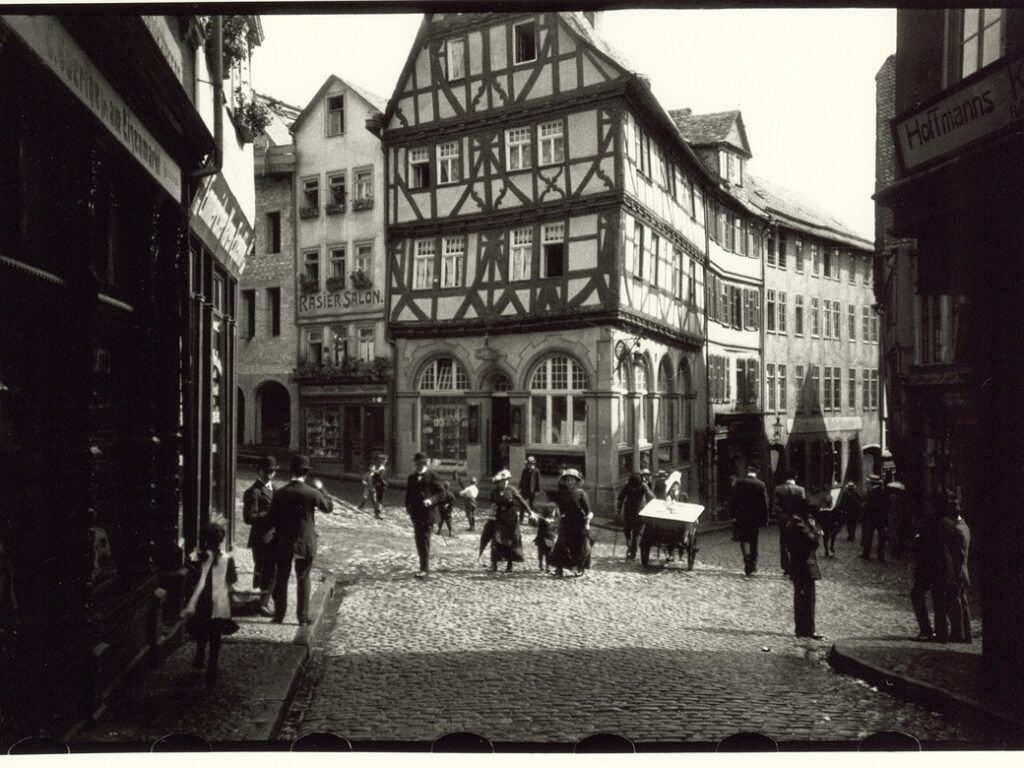
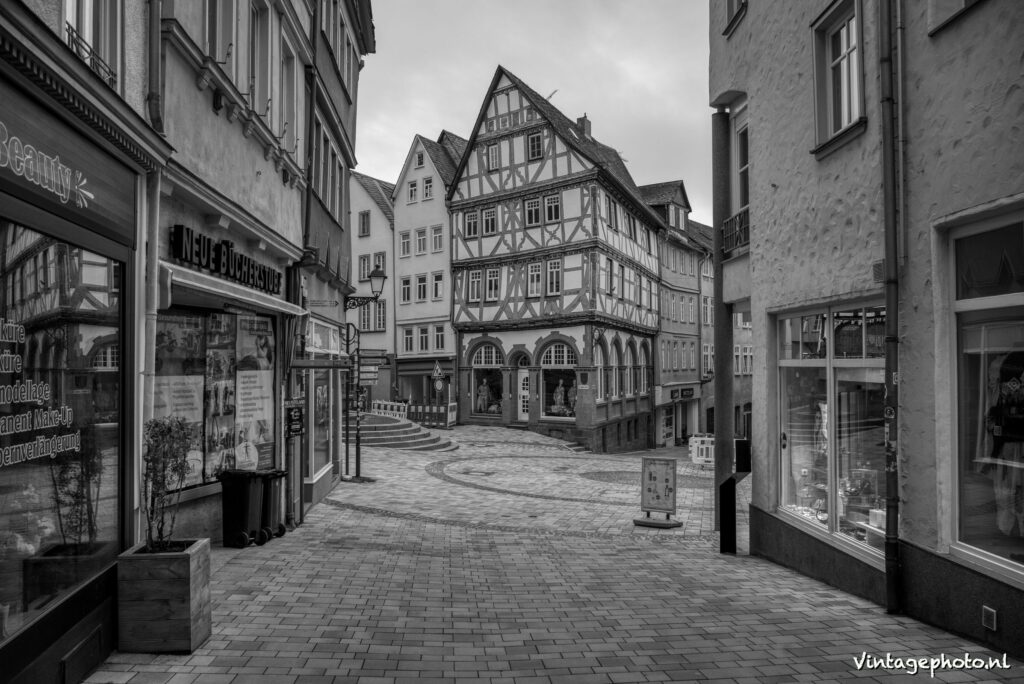
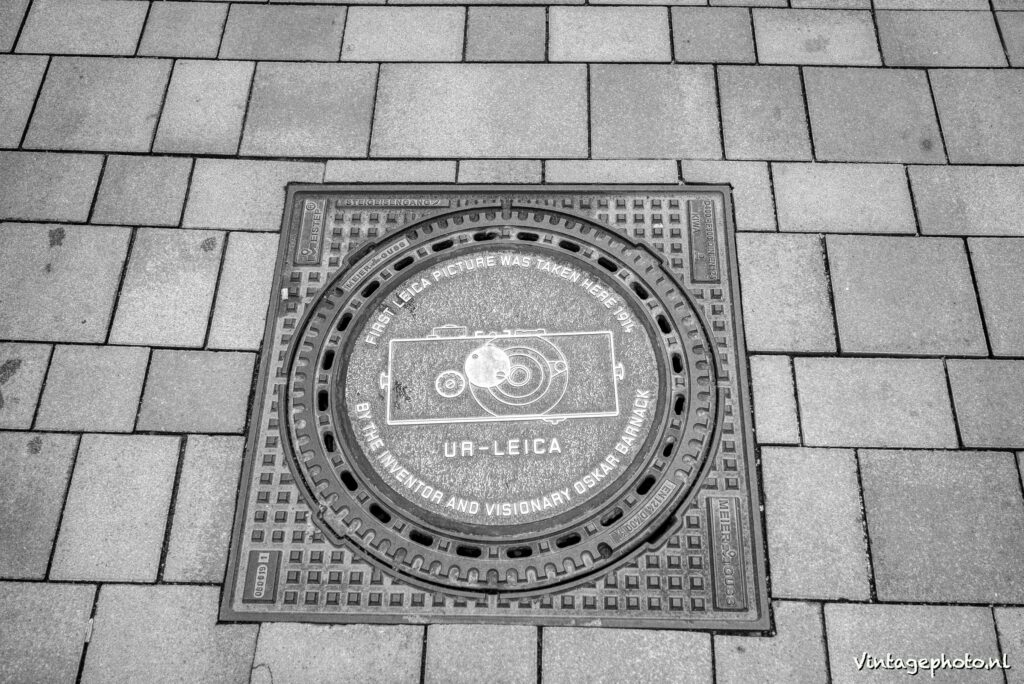
Leica cameras are manufactured using a combination of advanced technology and skilled craftsmanship. The company has a long history of precision engineering and high-quality manufacturing, which is reflected in the design and construction of its cameras.
Leica is known for its attention to detail and dedication to quality, and the company takes great care to ensure that each camera it produces is of the highest possible quality. The company also offers a range of services to support its cameras, including repair and maintenance services, as well as educational programs and workshops for photographers (like the Leica Academy which you also can find in the ‘Leicawelt’). The Leica world is clearly meant for the Leica fan. And there are worldwide. The brand has long enjoyed international fame. It is the ‘Mercedes’ among miniature cameras because of the perfection, but also passion the company puts into the manual production of the cameras. Its lenses were long regarded as the best in the world, but today’s competition from Zeiss, Voigtländer and even Chinese brands like 7Artisans/TTArtisans is quite similar. Their quality is even rapidly approaching that of Leica.
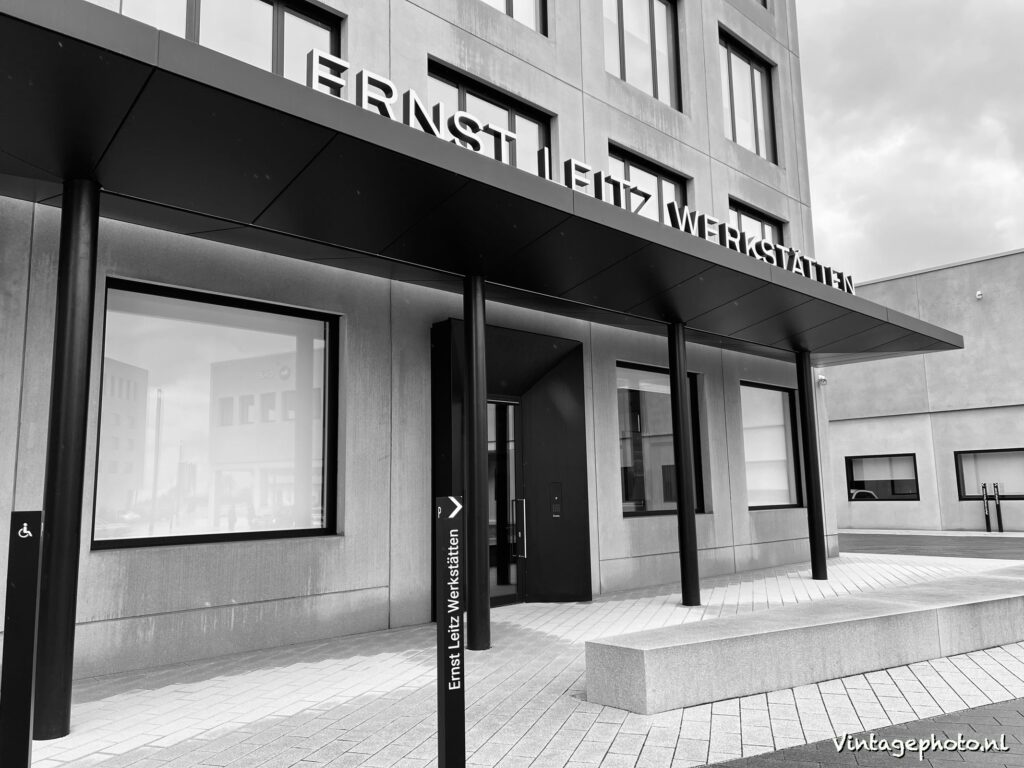
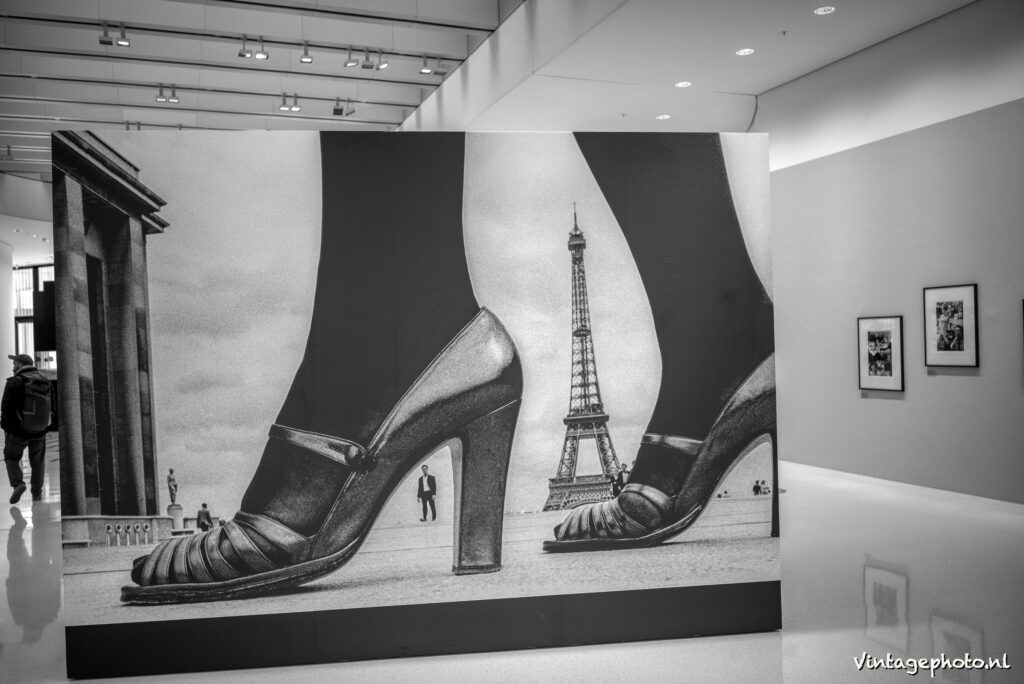
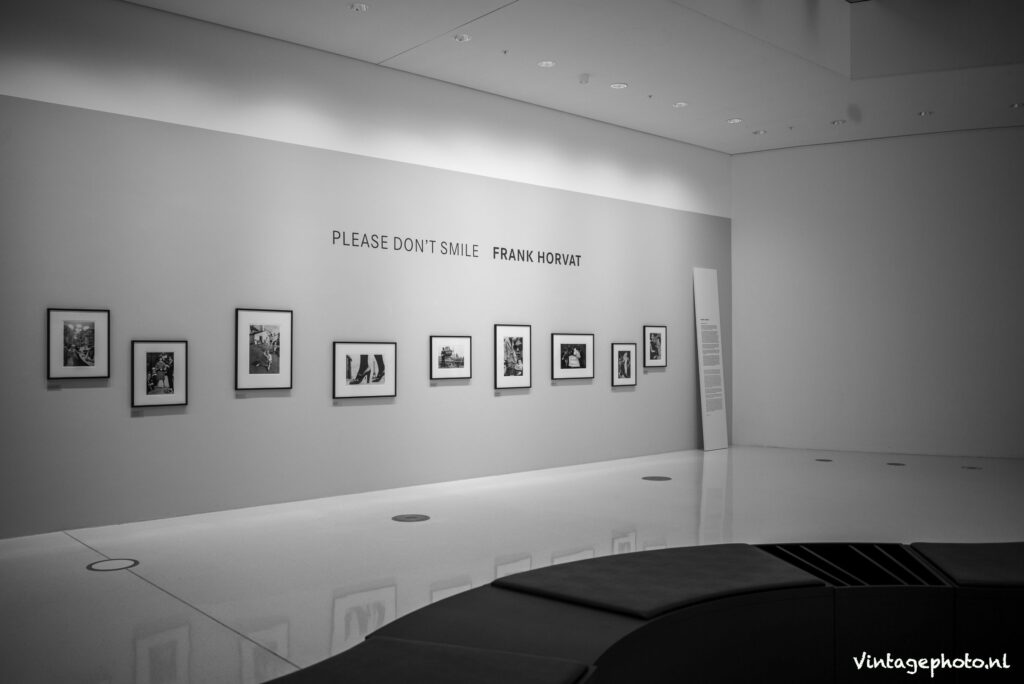
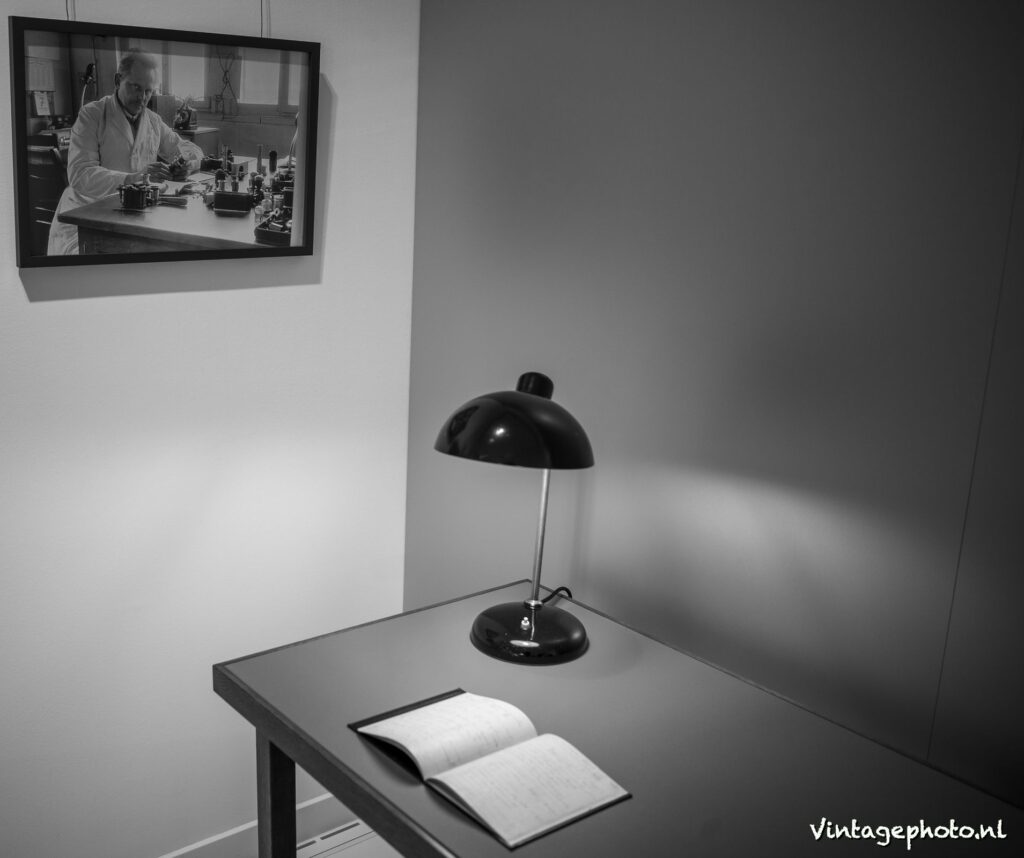
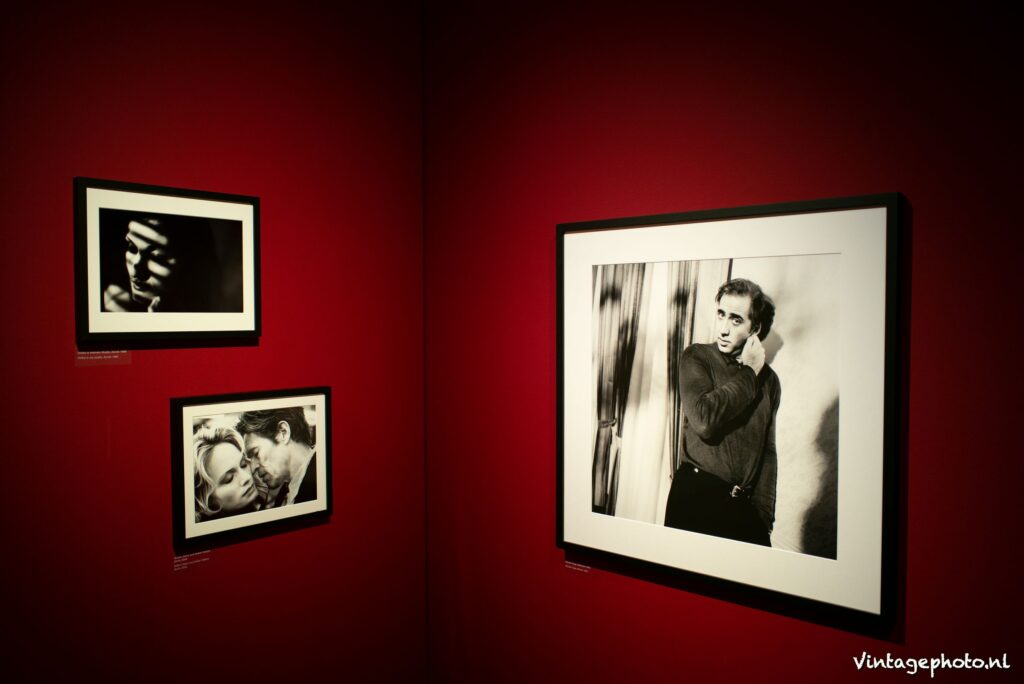
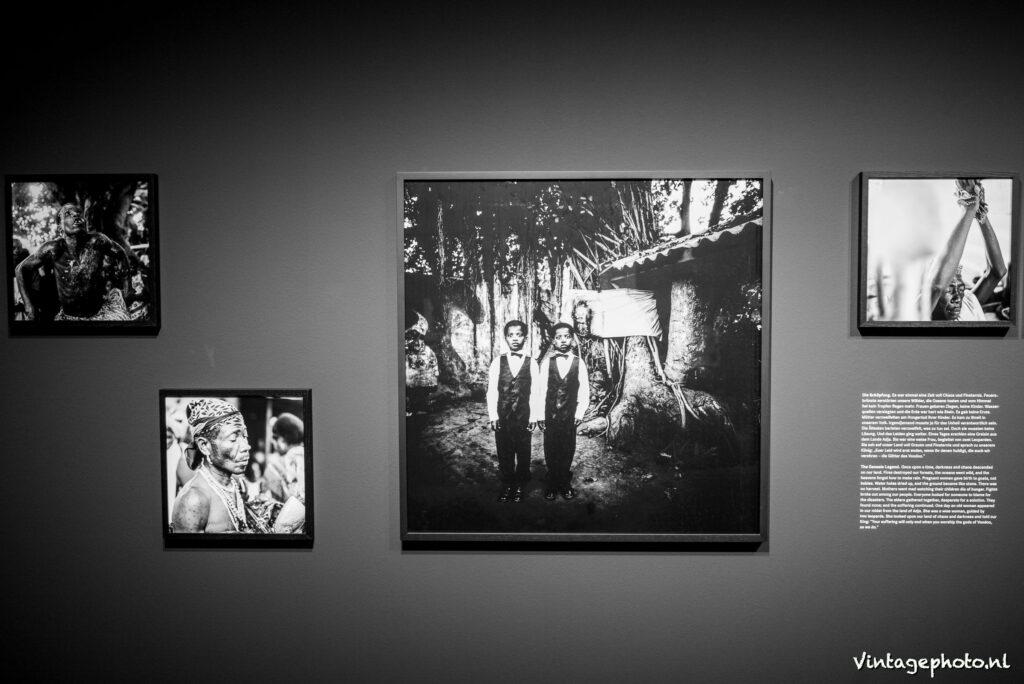
Leica lenses are crafted using a combination of advanced technology and skilled craftsmanship. The manufacturing process for Leica lenses typically involves the following steps: the preparation of high-quality glass, which is cut and polished to exacting specifications. The glass is carefully selected and tested to ensure that it meets the company’s high standards for clarity and performance. The glass elements are then coated with a special anti-reflective coating that helps to reduce flare and improve contrast. The coating is applied in a vacuum chamber using advanced technology to ensure a precise and even application. The coated glass elements are then assembled into a lens barrel, which is made of high-quality materials such as brass or aluminum. The lens barrel is designed to be durable and precise, with smooth focus and aperture rings that make it easy for photographers to control the lens. Each lens is (really) rigorously tested and inspected to ensure that it meets the company’s high standards for quality and performance. This includes testing the lens for sharpness, color accuracy, and distortion.

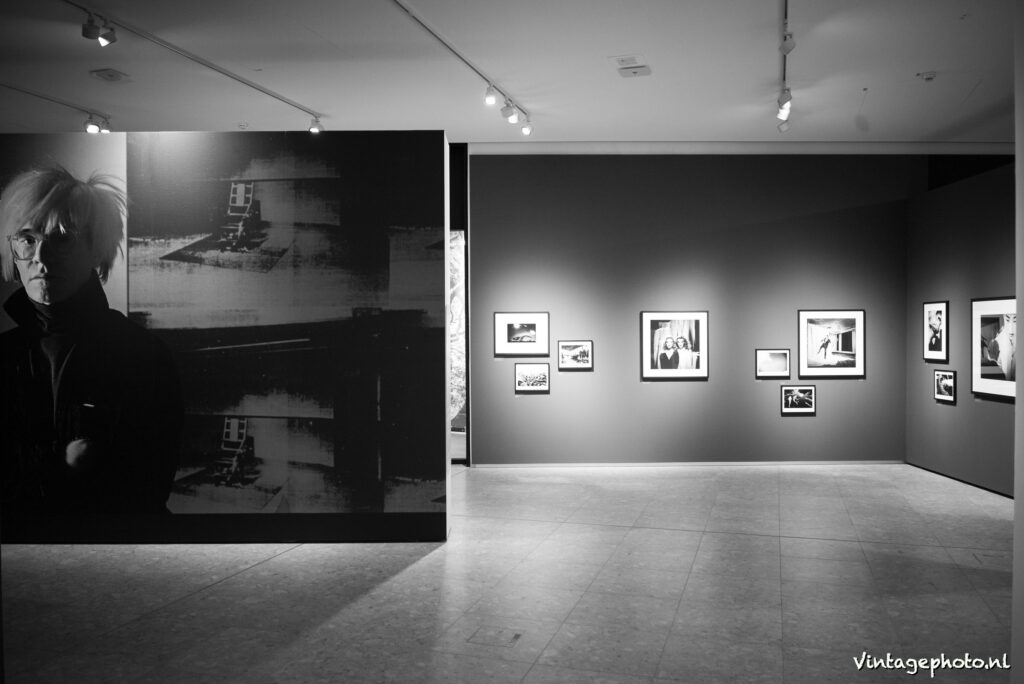
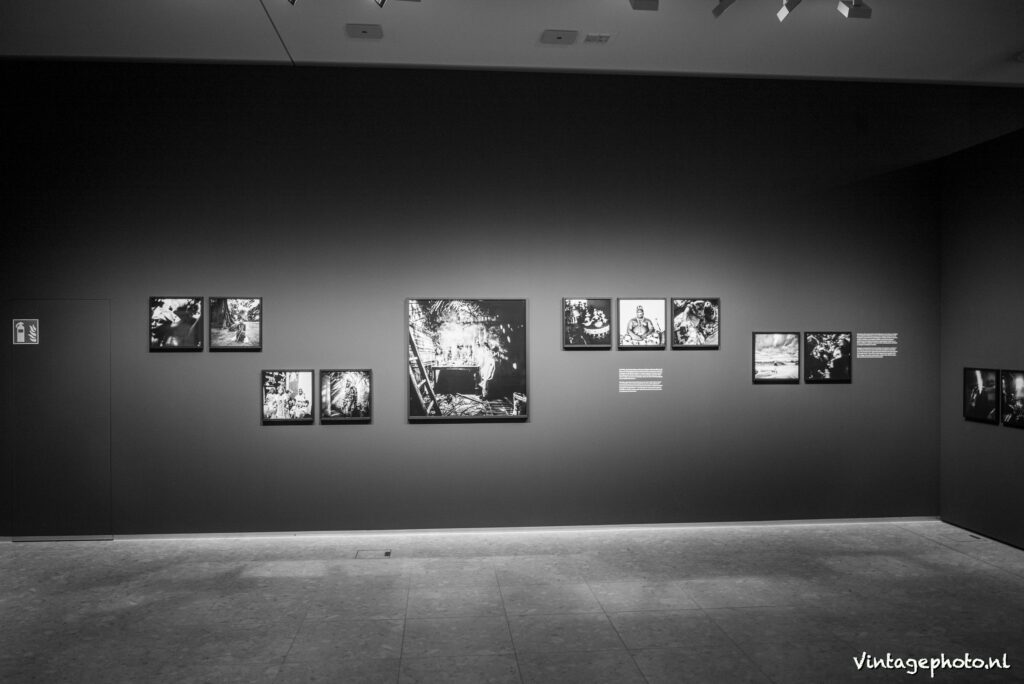
In Wetzlar visitors can learn about the history of the company, see displays of Leica cameras and lenses, and tour the factory to see how the cameras and lenses are made. There are two tours, one through the museum and one through the main building in which, in addition to exhibits of all Leica cameras and the best 100 photographs ever taken, there is also an insight into the production of lenses and cameras. The other tour is through the interactive, playfully designed museum in which not only the Leica history can be followed, but also all technical aspects of photography can be seen.
The Leica headquarters and museum are located at Am Leitz-Park 5, 35578 Wetzlar, Germany. The Leica Museum is open from Monday to Saturday, and guided tours of the factory are available by appointment. You can also visit the Leica Store, where you can purchase or rent Leica cameras, lenses, and accessories. The website is https://leitz-park.com/en. It is a (far) trip worth your while. Recommended is the two-day trip with overnight at the (very affordable) Leitz hotel. One day on the Leica premises and one day in Wetzlar, which is within walking distance.
